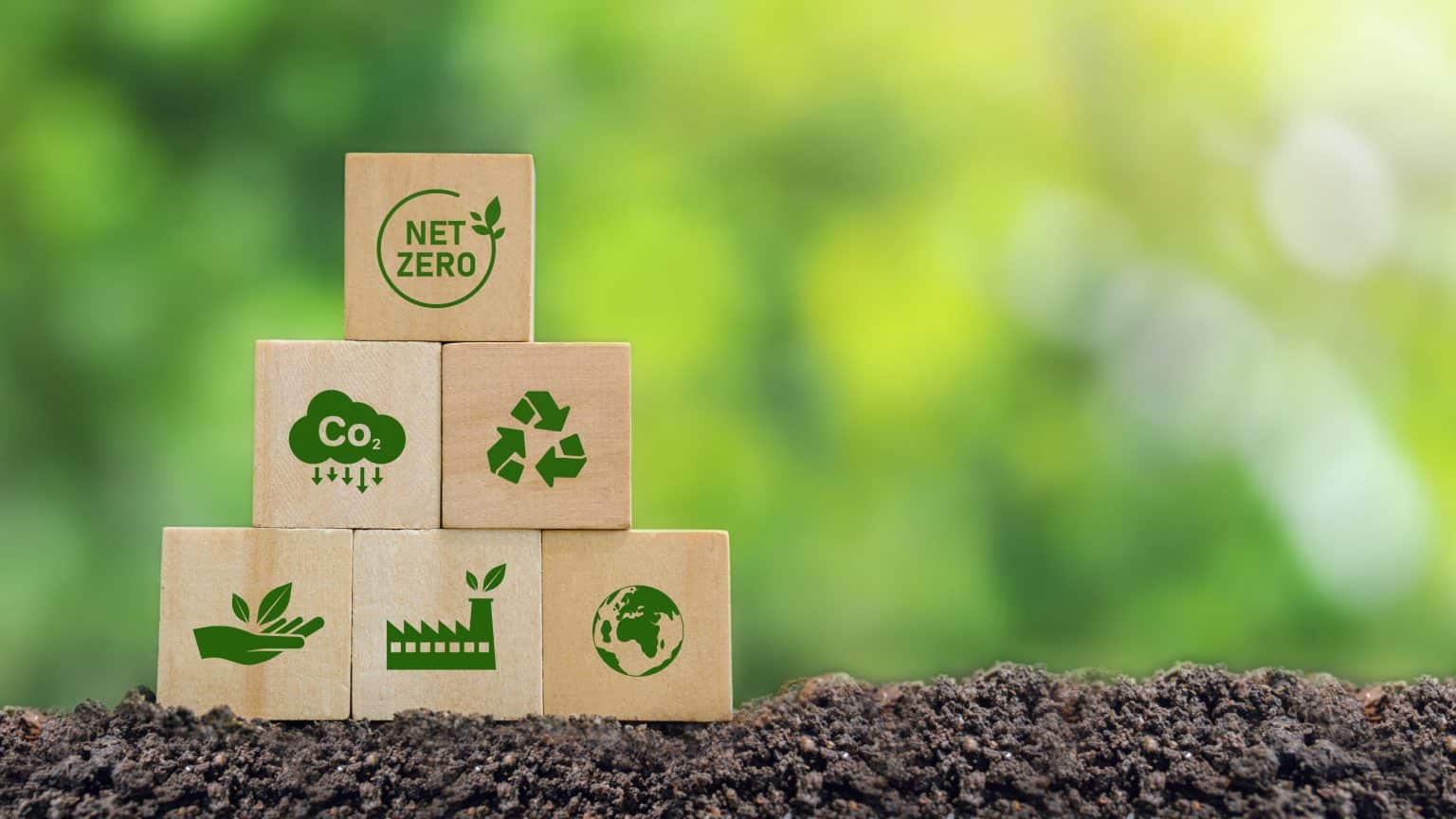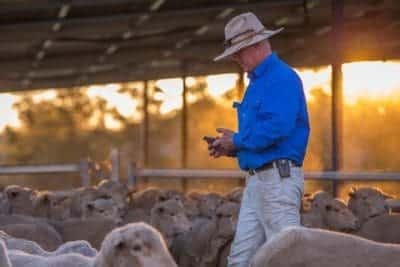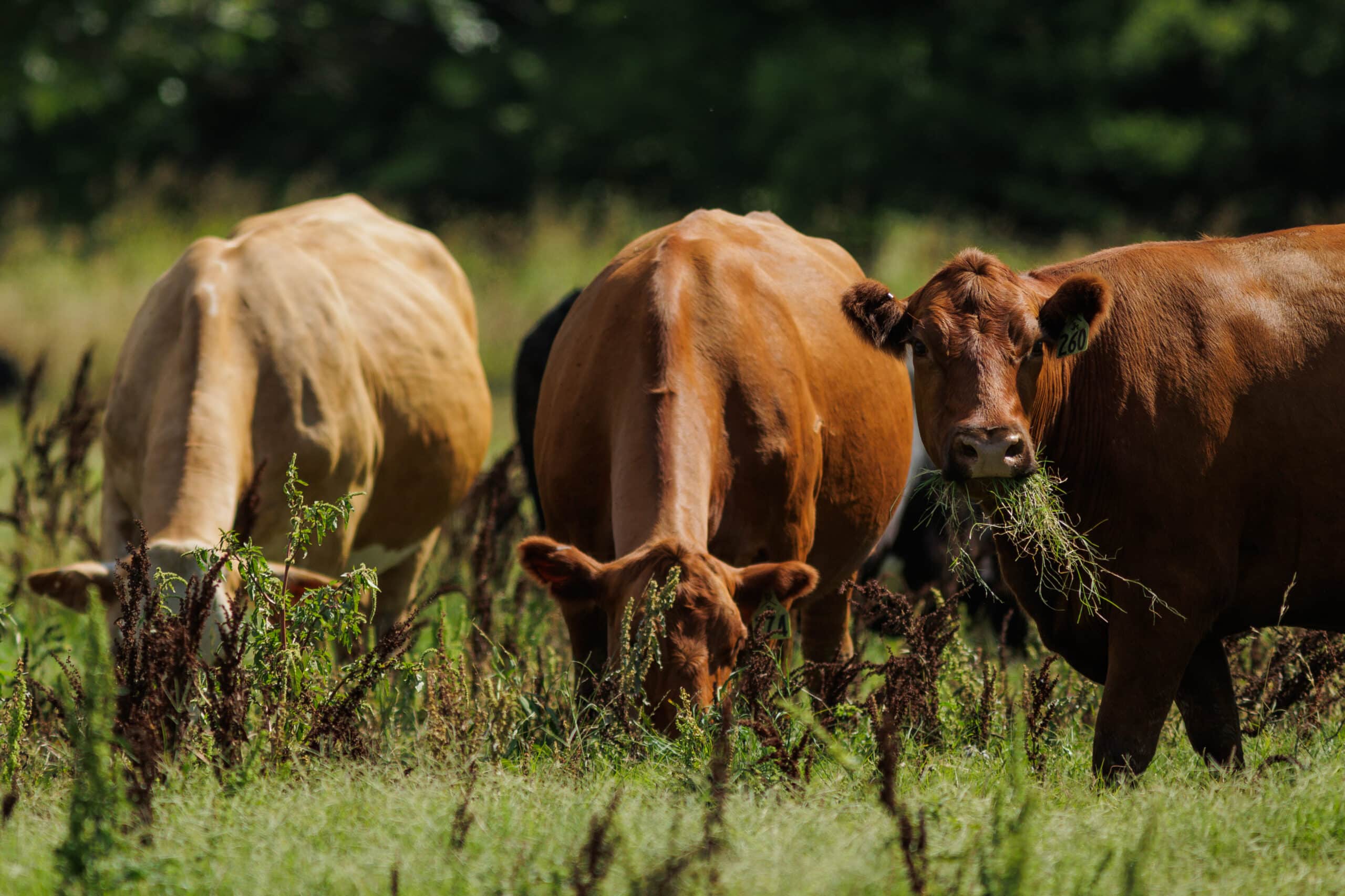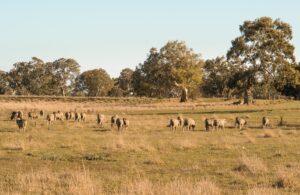Why aren’t we talking about carbon insetting?

As farmers and ranchers, we all know the link between livestock farming and greenhouse gas emissions. It’s a fact that hangs over the industry and draws a lot of external criticism despite our best efforts to manage our pastures as true custodians of the land. Most often, the solution you hear about in the news is carbon offsetting, where farmers can reform land management practices and improve their soil carbon. They then sell offsets to companies with carbon footprints that are hard to reduce.
In fact, you’ve probably heard this term trending in green corporate initiatives. Usually, it’s in reference to big companies buying up carbon credits. These balance out their greenhouse gas (GHG) emissions, for example, by supporting tree planting projects locally or further afield. In practice, however, that means the company buying the credits is pretty far removed from the activity or company that sequesters carbon.
But carbon offsetting is not the only solution on the table: perhaps even more promising is carbon insetting.
Carbon insetting is a different beast altogether and, more importantly, it’s a method that presents a lot more potential value for farmers and ranchers. With insetting, the focus is on promoting sustainability and reducing carbon emissions within your own value chain. In other words, you’re working to reduce the carbon emissions associated with getting your produce to consumers.
This means that companies further down the agricultural supply chain, like processors and supermarkets, invest in helping their suppliers (the farmers) to lower their carbon footprint. With offsetting there’s less direct visibility of how carbon credits are generated. Whilst with insetting renders directly observable environmental benefits in a way that prioritises “doing more good rather than doing less bad”.
Changing the livestock story
Given this focus on visibility, carbon insetting offers a golden opportunity to change the narrative and show that our industry can play a part in addressing the climate crisis. It does this by generating shared value throughout the agricultural supply chain. By investing in their supply chains, companies create resilience in local farming and ranching activities while adding social value for both farmers and end users. For example, being able to provide shoppers with verifiably climate-smart products whose origins, and carbon story, are crystal clear.
By keeping carbon reduction activities in the agriculture value chain, we also create opportunities to engage with the public and other stakeholders around issues of sustainability, climate adaptation, and long-term mitigation. All of which contribute to protecting farming legacies for generations to come.
Insetting in Practice
So what does all of this look like in practical terms? Well, as with other areas of land and livestock management, there are many ways to incorporate carbon insetting into your farming practices.
As a starting point, you might think of the types of carbon sequestration activities some farmers already engage in. For example, they may use time-controlled grazing, grow cover crops, or work to restore grassland and soil. All of these efforts contribute to lowering the carbon profile of the land.

Another great strategy is adopting an agroforestry model, where trees are planted as a way to boost the productivity and ecological potential of a farm. One version of this that applies specifically to livestock farming is silvopasture. This benefits both pastureland and the herds or flocks grazing upon it. An example would be to plant fast-growing trees that immediately start providing carbon sequestration benefits but also quickly reach a size where they can provide shade for animals.
An option to consider working towards is nitrogen loss reduction. As nitrogen discharges account for around a third of agricultural greenhouse gas emissions, strategies like precisely calculating the amount needed for crops, nitrogen-fixing with legumes, and properly managing stored manure can all contribute to reducing GHGs.
In all these examples, a core requirement is to monitor and manage your emissions footprint by adopting climate-smart practices. While the added work of dealing with trees, manure storage, or different types of forage crops may initially seem complex, a little time, and the right tools, can streamline the process. Moreover, your livestock will benefit, whether gaining shelter from climatic conditions or enhanced feed through herbal leys.
Monitoring for success
Our advice for those getting started with carbon insetting is to reach out to specialist advisors. Tools like Agrecalc’s Carbon Calculator are also effective in easing your initial steps into quantifying and improving your emissions.
For comprehensive insight into your operations, you can combine these carbon tools with AgriWebb’s livestock business management software. It allows you to share data across the supply chain, including an accurate profile of the sustainability of your farming practices. You can also see the benefits of improved livestock welfare through increased productivity. So, a higher scan-percentage, lower mortality rate at lambing or calving time, and animals that finish quicker.
Remember, the goal here is to add value at every step of the supply chain. So naturally, that starts with you. It should happen in a way that not only increases the sustainability profile of your farm, but also improves productivity, profitability, and the story you pass down as part of your legacy.Here at Agriwebb, we’d love to be a part of your shared value journey. To find out more about how AgriWebb can help you fulfil your sustainability goals, please contact us.



